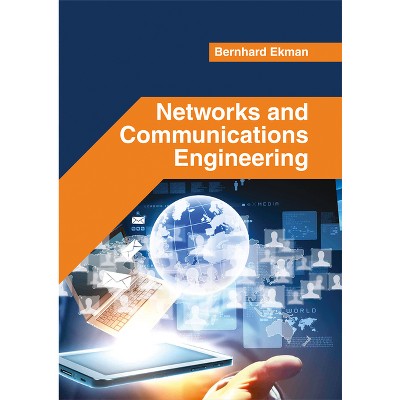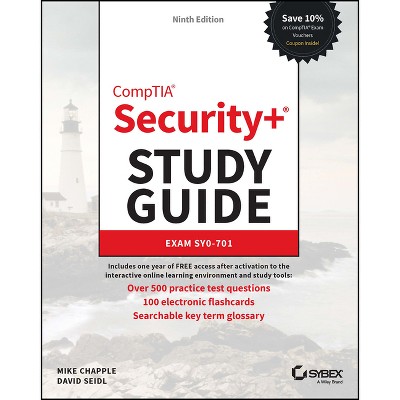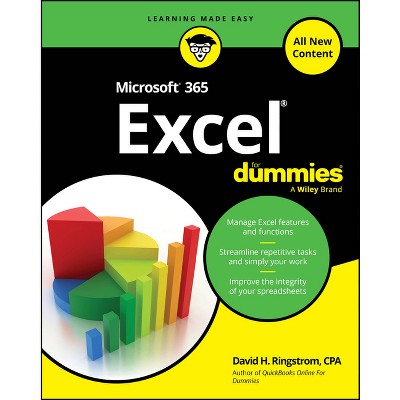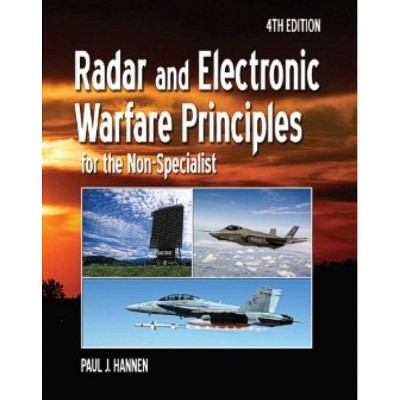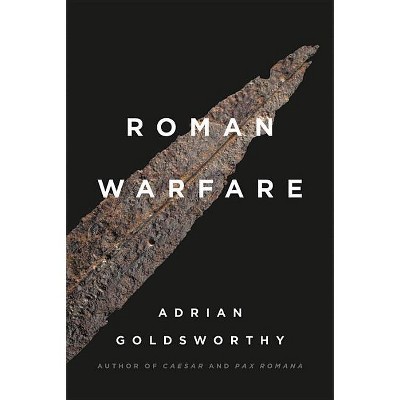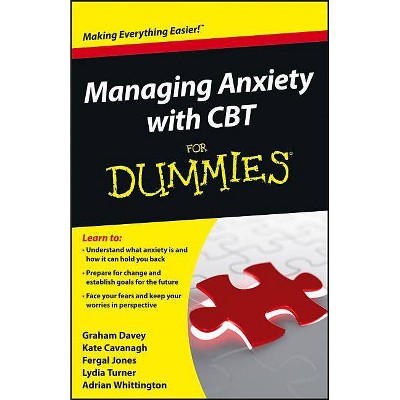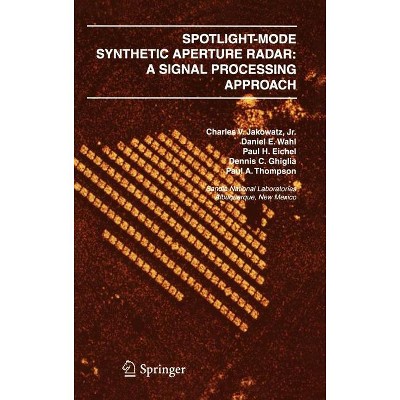Sponsored

Communications, Radar and Electronic Warfare - by Adrian Graham (Hardcover)
In Stock
Sponsored
About this item
Highlights
- A practical guide to the principles of radio communications for both civilian and military applications In this book, the author covers both the civilian and military uses of technology, focusing particularly on the applications of radio propagation and prediction.
- About the Author: Lt Cdr Adrian Graham (Retd) has worked on military and intelligence projects both as a civilian engineer and as a naval technical intelligence specialist.
- 400 Pages
- Technology, Radio
Description
About the Book
"The book is structured systematically, enabling the reader to utilise the methods explained to improve radio spectrum exploitation in practice"--Book Synopsis
A practical guide to the principles of radio communications for both civilian and military applicationsIn this book, the author covers both the civilian and military uses of technology, focusing particularly on the applications of radio propagation and prediction. Divided into two parts, the author introduces the basic theory of radio prediction before providing a step-by-step explanation of how this theory can be translated into real-life applications. In addition, the book presents up-to-date systems and methods to illustrate how these applications work in practice. This includes systems working in the HF bands and SHF. Furthermore, the author examines the performance of these systems, and also the effects of noise, interference and deliberate jamming, as well as the performance of jamming, detection and intercept systems. Particular attention is paid to the problems caused by Radio Controlled Improvised Explosive Devices (RCIEDs).
Key Features:
- A practical handbook on the topic of radio communications and propagation
- Written by an expert in both the civilian and military applications of the technology
- Focuses on methods such as radio and radar jamming, and radio-controlled improvised explosive devices (IEDs)
- Contains problems and solutions to clarify key topics
From the Back Cover
A practical guide to the principles of radio communications for both civilian and military applicationsIn this book, the author covers both the civilian and military uses of technology, focusing particularly on the applications of radio propagation and prediction. Divided into two parts, the author introduces the basic theory of radio prediction before providing a step-by-step explanation of how this theory can be translated into real-life applications. In addition, the book presents up-to-date systems and methods to illustrate how these applications work in practice. This includes systems working in the HF bands and SHF. Furthermore, the author examines the performance of these systems, and also the effects of noise, interference and deliberate jamming, as well as the performance of jamming, detection and intercept systems. Particular attention is paid to the problems caused by Radio Controlled Improvised Explosive Devices (RCIEDs).
Key Features:
- A practical handbook on the topic of radio communications and propagation
- Written by an expert in both the civilian and military applications of the technology
- Focuses on methods such as radio and radar jamming, and radio-controlled improvised explosive devices (IEDs)
- Contains problems and solutions to clarify key topics
About the Author
Lt Cdr Adrian Graham (Retd) has worked on military and intelligence projects both as a civilian engineer and as a naval technical intelligence specialist. Whilst a director of ATDI Ltd, he worked closely with clients in Special Forces, specialist EW regiments and other government agencies in the EW and intelligence environment. Through this he has provided guidance on Standard Operating Procedures (SOPs) and has designed and delivered many training courses on military communications and electronic warfare. In addition, Adrian is highly experienced at designing radio networks for both military and civil applications, and an expert in the use of computer-based radio prediction and modelling techniques in order to predict their performance in the real world. Having served for 22 years as an intelligence officer in the Defence Intelligence Staff, he is a technical expert on DI 57, Technical Intelligence (Navy).Shipping details
Return details
Trending Computers & Technology Books

